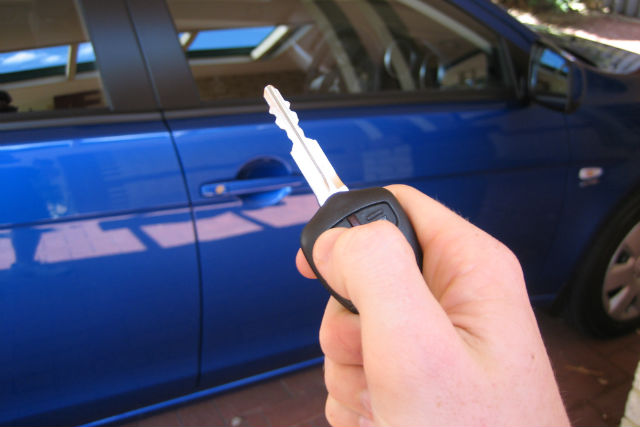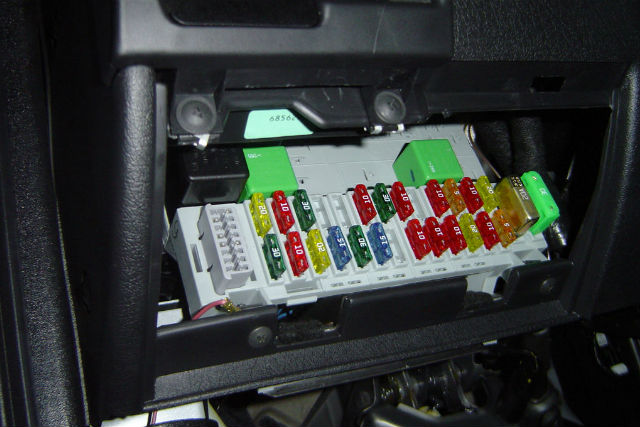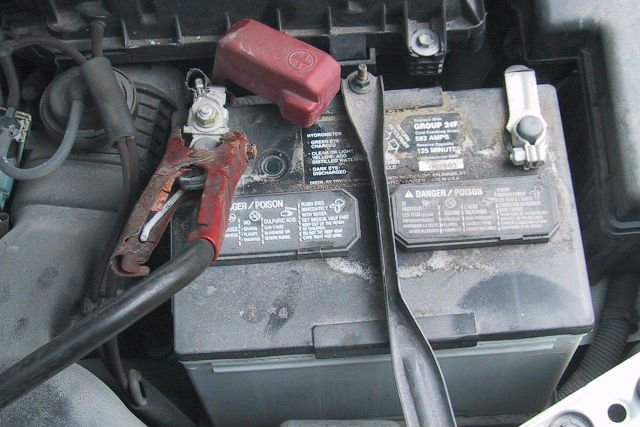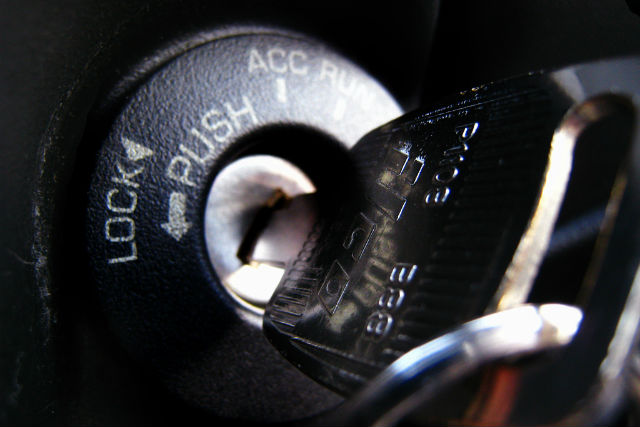It’s something that’s every driver’s worst nightmare: getting into the car, turning the key in the ignition only to find that the car just won’t start.
Problems getting your car to start can be extremely frustrating because there are so many things that can potentially be the source of the problem. In order to best troubleshoot and diagnose the problem, it’s best to start at the beginning of the line and work your way backwards.
Below, we outline some of the most common reasons your car won’t start, and what you can do about them.
Check that your key turns in the ignition

Have you ever gotten in your car and put the key in the ignition to start it up only to realise that the key physically won’t turn?
If this happens, don’t try and force it. Most cars have a steering lock which clicks into place when you take the key out of the ignition, which prevents thieves from being able to steer the car in the event that they can hotwire it.
Sometimes the wheel is turned to just the right angle that it prevents your key from turning. All you have to do is turn the wheel slightly in one direction while you turn the key, and you should find that the car starts up fine.
Check the fuse box

There are only a few cars that have fuses associated with the starting system, but if your key turns in the ignition and you’re still not getting anything from it, check your fuse box before you look at anything else.
You can locate the fuse box by checking your owners’ manual and most are easy to access. If there’s anything in there that looks blown or obviously disconnected, that could well be the root of the problem.
If you’re not an expert or if you don’t have any fuses handy to replace the blown one, it’s best simply to call roadside assistance rather than risk further damaging your car by having a go yourself.
Check the battery

If the fusebox seems to check out okay, it may be an issue with your car’s battery, which is typically one of the most common causes for starting problems.
Battery connections can become dirty and corroded over time, which breaks the electrical connection between the battery and the car. If the contact points on your battery look like they’ve seen better days, getting them cleaned could fix the issue.
However, if the battery contacts look clean and in good order, it could be that the battery is simply dead. If you have a battery tester handy, you can test your battery to see if the charge is weak.
If not, you can test the battery indirectly by jump-starting the car. If it starts immediately, the problem is most likely a dead battery. There are dangers to jump-starting a car however. To ensure you do it safely, read more on how to jump-start a car here.
Check for ignition switch faults

If the battery is in good condition and isn’t flat, the problem could be caused by a faulty ignition switch. The easy way to test for this is to turn the key to the first position in the ignition, but not turn it fully as you would to start the car.
If the dashboard lights come on, the ignition is fine, but if they don’t your ignition switch could be at fault and will need replacing.
Bear in mind that these are just some simple diagnostic tests that you can use to try and figure out why your car won’t start. If the car doesn’t respond to any of these, it’s likely a problem with either the engine’s internal mechanisms like spark plugs, or trouble with the fuel line.
In this case, it’s better to call in an expert or roadside assistance to take a more in-depth look at the car and to assess what might be at fault.




